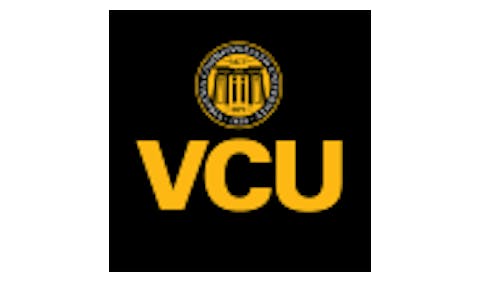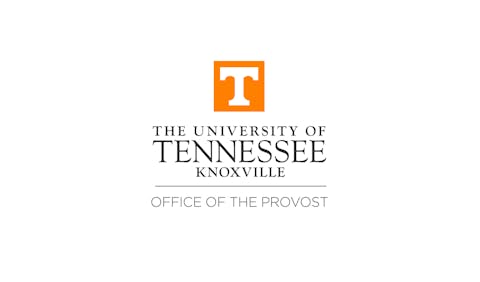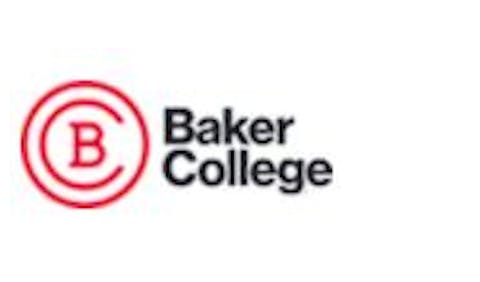Hispanics Must Raise the BarThe recent news that the largest drop in ACT scores occurred among Puerto Rican and other Hispanic students is sobering indeed. The drop in scores among Puerto Rican, Cuban, and other Hispanic test takers from 19.4 last year to 18.8 this year (out of a possible score of 36) is double the amount of the second largest group, Mexican-American students.
While ACT attributes the drop in scores to the larger number of Hispanic students taking the test, these results bode ill for the educational reach of the Hispanic community at large. Furthermore, the scores may reflect the existence of an ingrained bias within the minority community — particularly the Hispanic community — itself.
Indeed, there must be a sweeping cultural shift in expectations. Hispanic families and communities too often view employment as the primary measure of socio-economic advancement. There needs to be a clear recognition that earning a college degree is much more valuable in the long run — and can exponentially increase a student’s lifetime earning prospects.
We have to be more aggressive in getting Latino families to embrace this perspective. Far too often, Hispanic youth have low academic expectations. Yes, social and economic conditions, especially segregation in poor neighborhoods with low-achieving schools, contribute to the typically low educational attainments of Latinos. There is no question that there needs to be more equitable distribution of resources among elementary and secondary school systems. But it is still the case that ethnic differences in academic achievement are not simply due to socio-economic inequities.
Even within specific social classes, Asian students tend to outperform White students, who in turn tend to outperform Black and Latino students. This achievement gap appears on national standardized tests as early as the fourth grade, and has been found among youngsters enrolled in the very same school. Moreover, these results are very similar to those found in the 12th grade.
I understand all too well the type of barriers Hispanic youth are up against. I learned about this painfully as a young man, born in Puerto Rico and raised in Harlem, at a time when a university education was not always accessible to minorities and young people from disadvantaged neighborhoods.
I was denied admission to City College after being told I was “not college material.” But I didn’t give in. I aspired to rise above the stereotypes. And today, I am president of Borough of Manhattan Community College.
There are countless others like me who just need the motivation and proper preparation to tear down the walls of mediocrity that confine us. Through education, there are a number of ways to accomplish this goal.
Foremost among them, we cannot tolerate any attempt to “dumb down” the curriculum. This means ensuring that Latino students have access to college-preparatory courses in middle and high school. In New York, for example, there must be an expansion of collaborative efforts between the City University of New York and the city’s public school system, such as College Now, a dual-enrollment program in which students can take free, college-level courses while still working toward their high school diplomas. This program also assesses students’ academic skills in their junior year to determine whether they are ready to take college courses. If not, we provide tutoring and other academic support services.
Studies indicate that students who learn algebra by the 8th grade are far more likely to complete college than those who do not. Therefore, we have also launched Pre-College Now, a program to provide middle-school students with high school tutorials and programs geared toward parental involvement.
Summer and weekend immersion programs for incoming college freshmen, combining academic instruction, tutoring and group-support activities, have also proven to be extremely successful.
Colleges also need to provide a host of other academic and support services, from ongoing advisement, ESL and developmental skills instruction to peer and professional mentoring. Hispanic students can also benefit from an expansion of programs that combine academic and financial support, such as Out in Two, a Borough of Manhattan Community College program that offers full tuition scholarships as well as paid mentorships to promising full-time students who demonstrate need. The students sign a contract promising that they will earn their associate’s degrees in two years.
We must take full advantage of federally and state-funded collaborative programs designed to encourage disadvantaged students to attend and succeed in college, such as GEAR UP — a Title IV-funded program for middle-school-aged children — that aim to increase educational aspirations, academic achievement and social preparation for college.
Programs to raise the consciousness and the educational levels of parents are tremendously valuable in increasing the success potential of their children. Weekend programs that introduce parents to new modes of instruction in math and the sciences are one example. We also offer computer workshops for parents. These parents gain a better understanding of an academic subject and become more connected with their child’s school experiences and better equipped to help their children with their academic pursuits.
Speaking of parents, many Hispanic parents are non-English speaking, and we need to simplify the information they need, eliminating unnecessary obstacles as they make their way through the college application process.
There is no single panacea. But, the Latino community must raise the bar on academic achievement, and we must do it now. — Dr. Antonio Pérez is the president of Borough Manhattan Community College, New York
© Copyright 2005 by DiverseEducation.com















